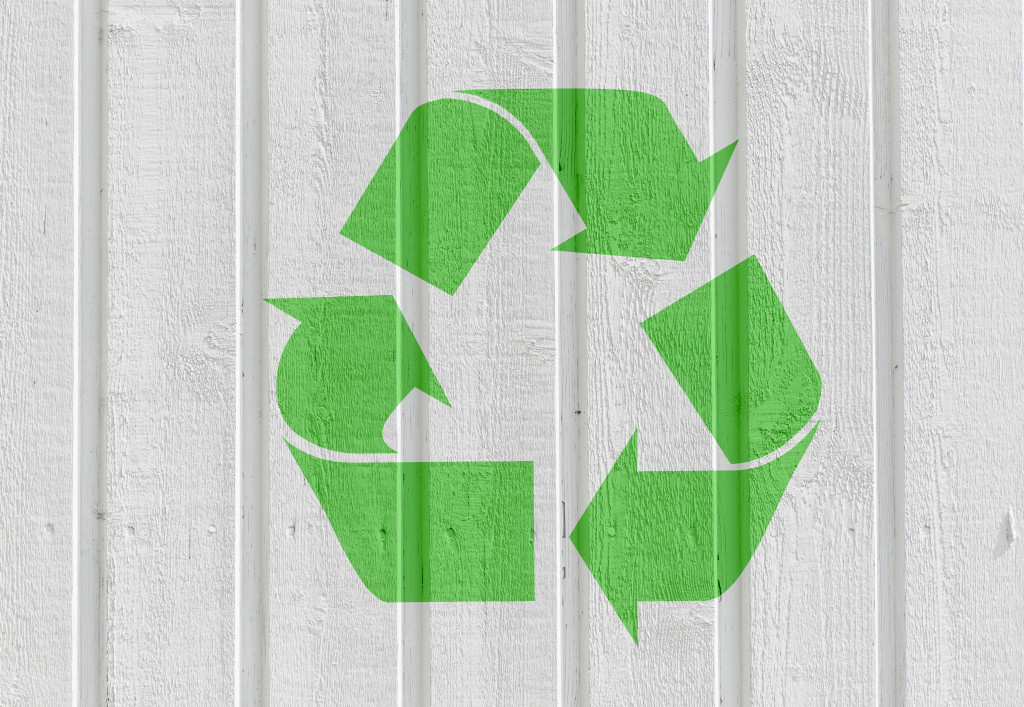The dire ecological condition of the planet is a worldwide concern. On April 22 and 23 this year, a virtual Leaders Summit on Climate was hosted by U.S. President Joseph Biden with 40 world leaders in attendance.
In his statement, UN Secretary-General António Guterres called on all leaders to act now as a global coalition towards a goal of net-zero carbon emissions by 2050. To achieve this, they must scale up from their commitments in the 2015 Paris Treaty where the aim was to bring the global temperature to less than 1.5 degrees Celsius above pre-industrial levels. This means increasing their Nationally Determined Contributions (NDCs) to the global climate action. He asked nations to stop subsidizing fossil fuels and to instead increase investments in renewable energy and green infrastructure.
Brazil, South Korea, and the European Union expressed commitment to the 2050 goal of net-zero carbon emissions. Japan, Canada, Argentina, China, and South Africa strengthened their respective NDCs. The U.S. also updated its NDC, announcing that it will reduce its greenhouse gas emissions by half by 2030.
Energy-efficient Buildings
According to the World Economic Forum, buildings produce 33 percent of global greenhouse gas emissions and consume 40 percent of global energy.
The commitment of worldwide governments to energy efficiency and conservation of resources increased the demand for buildings that are energy-efficient. According to Market Research Future (MRFR), the forecast for the global energy-efficient building market is a compound annual growth rate (CAGR) of 8.15 percent from 2020 to 2027. This is due to the expected increase in the number of green buildings, the increase in the use of smart and sustainable building solutions, and energy-efficient building management.
Energy-efficient buildings contribute much toward achieving the goal of greenhouse gas emissions reduction and environmental preservation. The measure of a building’s energy efficiency is the rate of energy loss through its physical structure and the rate of usage to meet its energy requirements.
Compared to traditional buildings, green buildings produce little or no greenhouse gases. On a higher level, zero-energy buildings produce more energy than they use, lessening dependence on non-renewable energy sources and reducing carbon emissions.
Another characteristic of green buildings is the use of integrated building practices to ensure a substantially smaller environmental footprint from design to construction, operation, demolition at the end of its useful life, and recycling or disposal of materials. Green buildings focus on site, utility, energy, materials, water, waste, and health.
Smart Green Buildings

The World Economic Forum highlights that new building constructions must be green because they will stay for about 50 years, and existing buildings must become green to counteract climate change. It proposes the use of digital tools in buildings to efficiently automate lighting, heating, and other systems based on real-time data analysis on the number of people in any given area and time. For instance, automated digital temperature controls can switch on the air conditioner or heater at a certain time when people enter the building and switch these off as people leave, or turn these to a different level as fewer people remain. Solar panels can provide energy.
According to the Forum, such digital solutions reduce the use of energy and carbon emissions. Recouping the cost will be more than 10 years faster than traditional practices. Also, at the same cost, digital solutions can revamp 10 times the area compared to traditional practices.
Green Building Rating and Certification in the U.S.
The most widely known and used green building rating and certification system worldwide is the Leadership in Energy and Environmental Design (LEED) of the U.S. Green Building Council (USGBC). A LEED certification plaque on a building means its location is close to transportation options, it used green materials with less waste, it conserves water, it is energy-efficient and reduces pollution, it has indoor access to daylight, and it has clean indoor air without harmful chemicals.
The average Energy Star score of LEED accredited buildings is 89 over 100. LEED buildings use 25 percent less energy on average than other buildings. LEED commercial buildings save more than seven percent of total non-residential water usage. The waste diverted by LEED projects from landfills will reach over 540 million tons by 2030.
The WELL Building Standard, also from the USGBC, measures, certifies and monitors features of a building environment that affect occupants’ health and wellbeing. These include air, light, water, nourishment, mind, comfort, and fitness. Spaces can be WELL Certified™ and developments can be WELL Compliant™ through third-party certification by the Green Business Certification Incorporation (GBCI). This entity also administers LEED certification and the LEED professional credentialing program.
Setting the Standard
The world saw how the pandemic devastated nations. The worsening effects of climate change will have even more disastrous impacts.
If the world is to meet the net-zero carbon emission goal by 2050 and the U.S. is to meet its aim to decrease its greenhouse gas emissions by 50 percent by 2030, then the country must take a drastic step. Smart green buildings must become the standard for both new and existing buildings.
